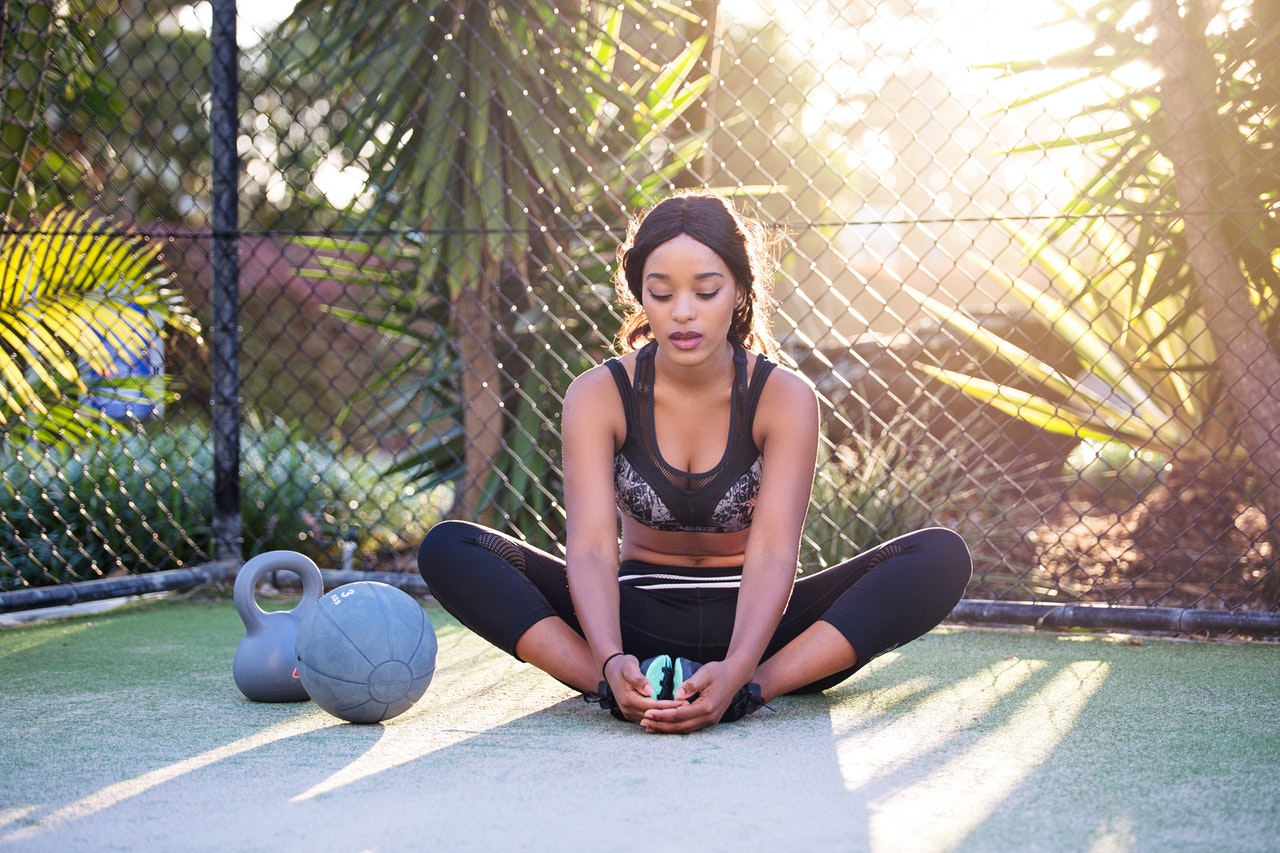Getting regular exercise is considered a vital component of healthy living. But not everyone feels up to the task. We often complain that we lack time or energy, have limited access to facilities, or a half-dozen other reasons.
These might be mere excuses, but there’s often an element of truth to them. Maintaining an active lifestyle is difficult for many people, and that scarcity has given it an association with high status in today’s world.
Opinions are divided on whether social media positively or negatively impacts our health and wellness aspirations. You might feel inspired by the lifestyle images and stories of others or discouraged by them.
Yet what often happens is that as we glorify exercise, raising awareness of its benefits, we neglect the hidden half of the lifestyle equation.
Avoiding sedentary patterns in our daily lives can be just as impactful as we strive to reach our health goals.
Activity by the numbers
On the surface, that seems to be a contradiction. Doesn’t the mere fact that you’re exercising automatically imply that your lifestyle shifts from sedentary towards greater activity?
The answer is: not necessarily.
Consider the World Health Organization’s (WHO) guidelines: adults aged 18-64 should get at least 150 minutes of moderately intense exercise, or 75 minutes of vigorous intensity, in a week.
One week is just over 10,000 minutes long. Even if you allot one-third of that time to ensure adequate rest, that still leaves you with over 6,000 waking minutes.
If you comply with those minimum guidelines and go no further, you’re only active for 1-2% of available time.
That doesn’t mean your efforts to exercise are fruitless. Every bit counts, and since strenuous exercise can elevate your metabolic rate, your body will continue to burn more calories even during downtime.
But from a numbers perspective, it highlights the misconception that hitting such low thresholds of activity every week is enough to offset a greater overall pattern of inactivity.

A low-energy lifestyle
Research also suggests that there are varying adverse impacts when it comes to a lack of physical activity.
When you aren’t exercising, you could be doing various chores around the house. Or you might be reading while reclining or lying down. Perhaps you’re working while seated in front of a screen for hours on end.
None of those activities are as strenuous as a real workout, but they evidently cover a wide range of energy expenditure.
The studies suggest that as our world shifts towards a knowledge economy, our jobs and lifestyles have embodied that too. We’ve developed a disproportionate focus on the lowest-energy sedentary behaviors, and we spend a lot of time on cognitive work and screens.
This trend towards low-energy living is actually more harmful than the mere lack of physical activity.
Commit to the WHO standards, and 98% of your time will still be greatly affected by this unhealthy activity replacement. It makes our lives more stress-filled and overstimulated, even affecting our quality of sleep and recreation.
Working on the environment
Thus, while active exercise helps, you can make real progress by devoting more effort towards what you do in the bulk of your inactive time.
Our environment plays a major role in this aspect. Passive influences tend to dictate how we spend our waking hours.
If you fill your home with digital distractions, and always have devices within arm’s reach, expect that most of your time will be spent in front of a screen. If the outdoor spaces on your property are featureless, you won’t engage with them.
Remove the screens in your environment, and you might lean less heavily on the crutch of convenience. Instead of swiping to open a book, grab a volume from a physical bookshelf.
Have landscapers enhance your outdoor areas’ livability and appearance, or take up gardening as a hobby. Walk around in the green spaces your home can provide, and feel the benefits to your health and well-being.
Similar measures can extend to work. Whether you’re working remotely long-term or will soon return to the office, standing desks and scheduled walking or stretching breaks help alleviate the harm of a daily sitting routine.
As the threat of the pandemic eventually recedes, more people will resume their normal lifestyles. Travel, social events, and working out at an actual gym are all things to celebrate, and you’ll doubtless see them feature in more posts on social media.
Just remember, visible activity is the tip of the iceberg. And continue to avoid the dangers of a low-energy lifestyle behind the scenes.
